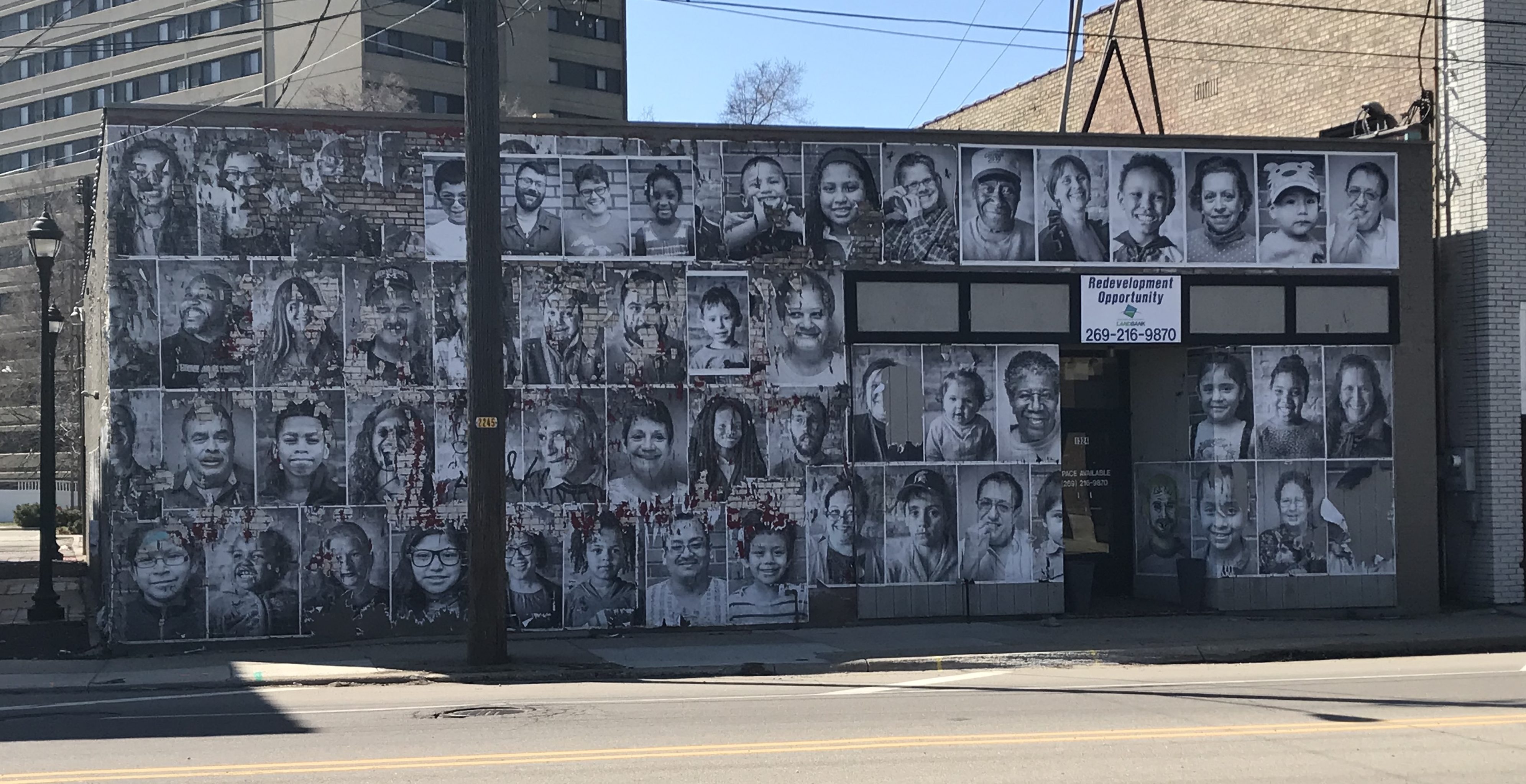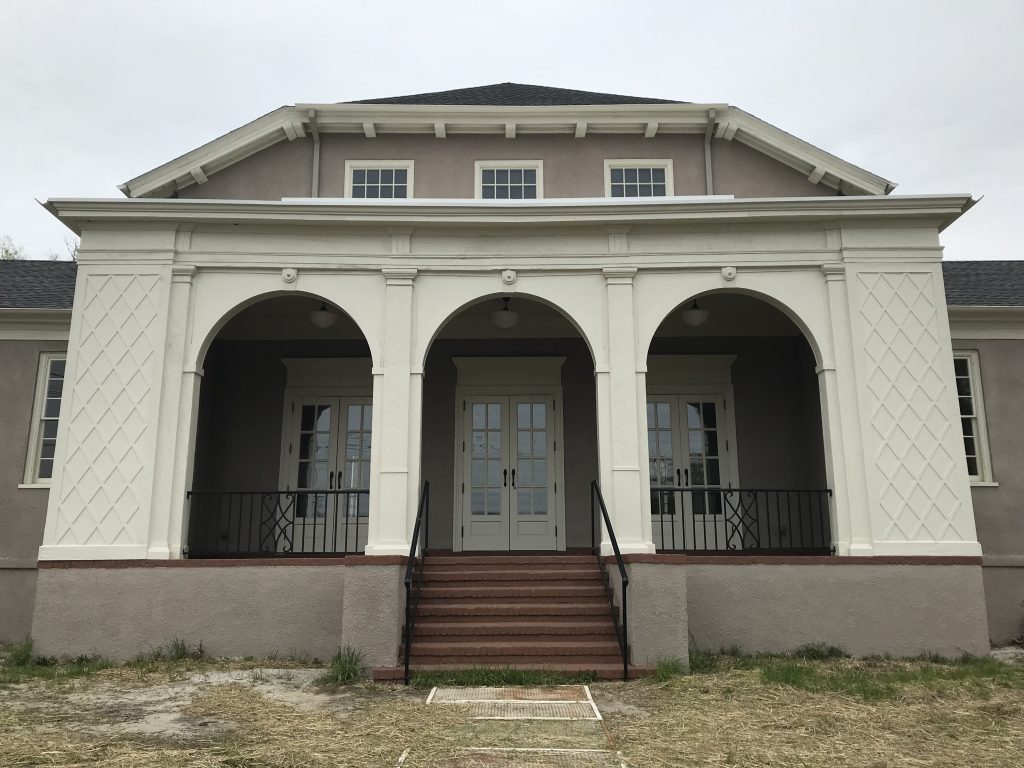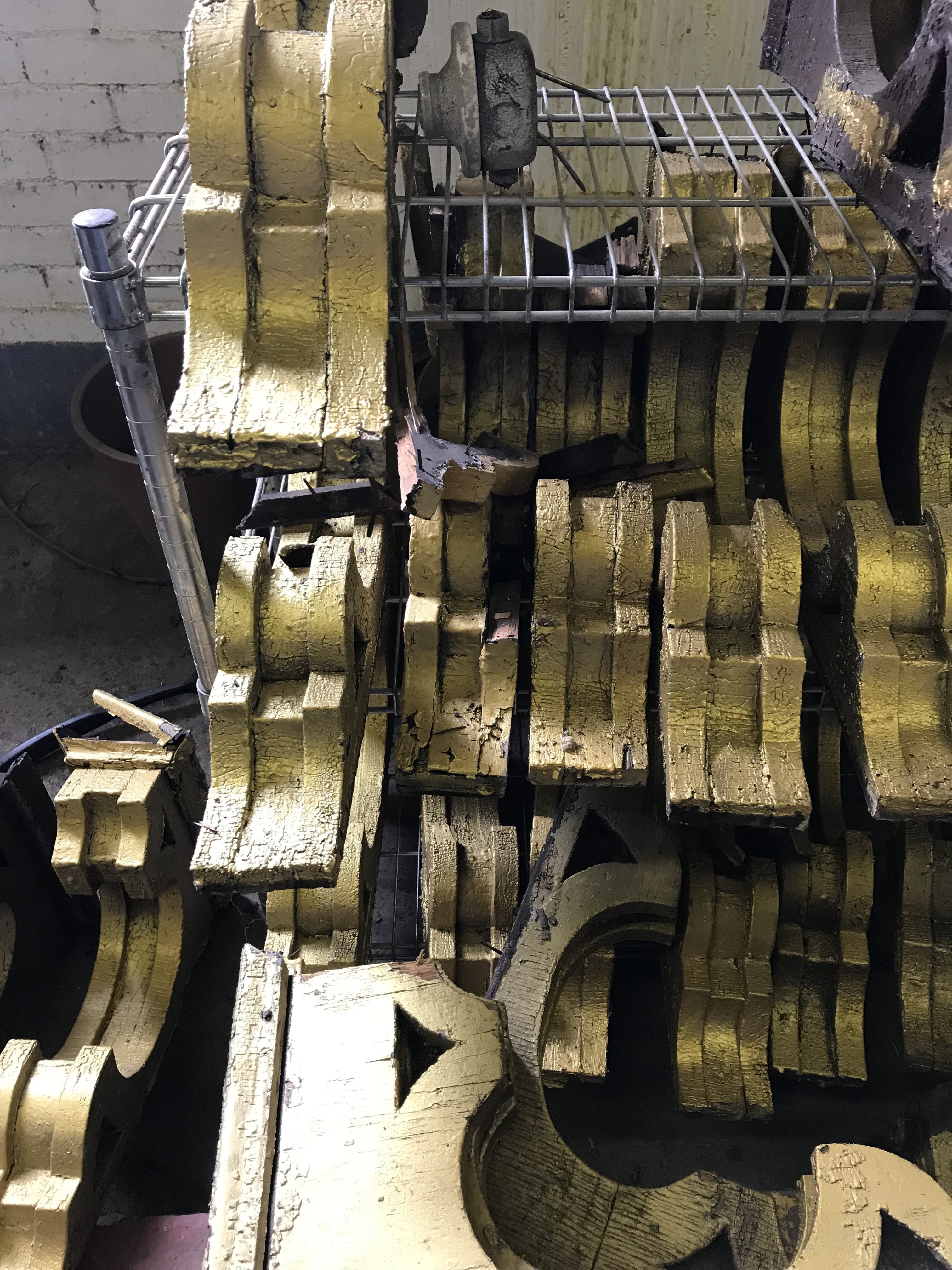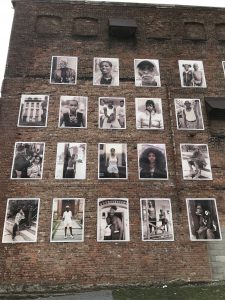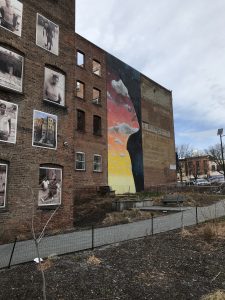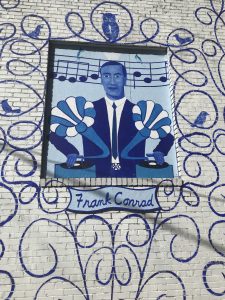I always appreciate when I get the opportunity to pry myself away from my Office friends—Word, Excel, and PowerPoint—and witness creative placemaking in its natural habitat. Last year, Metris had the privilege to support Center for Community Progress in an exploration of how four cities use creative placemaking on vacant properties. A national organization, Community Progress fosters strong, equitable communities where vacant, abandoned, and deteriorated properties are transformed into assets for neighbors and neighborhoods.
For our collaboration with Community Progress, I boarded six airplanes and drove nearly 700 miles. I traveled to four cities that I had never been to before. I talked face-to-face with dozens of people—artists, city staff, community organizations—who activate vacant properties using arts and culture. And I wanted to share what it was like to see the innovative and inspiring creative placemaking projects happening on vacant properties firsthand. If after reading this post, you think, “gosh, I want to know more!” I invite you to read the full report, Creative Placemaking on Vacant Properties.
My first stop: Macon, Georgia. I arrived early so I could walk around Mill Hill, the neighborhood we’d focus on for the report. The Ocmulgee National Monument preserves ceremonial and burial mounds of the ancient Mississippian culture, and it served as a beautiful place to stretch my legs after many hours of travel. To get downtown from Mill Hill, I trekked through a dark underpass, and sidewalk construction forced me to cautiously walk along the curb of a busy street. I remembered these walking experiences when project partners talked about some of the challenges of working in this neighborhood. To hear about Mill Hill’s creative placemaking work, we met in the newly rehabbed Mill Hill Community Arts Center. This building was originally a gathering place for a mill that operated in the neighborhood a century ago. In 2018, I felt the light coming through the windows and peered at the local art on display. Being present here allowed me to feel the potential for the space in a way I couldn’t have through a photo.
Wilkinsburg, Pennsylvania offered another opportunity to see practitioners in action. Artist Dee Briggs’ “House of Gold” inspired other creative placemaking activities in this borough just east of Pittsburgh. When Dee discovered the rich history of the run-down and unsalvageable house on her newly acquired property, she hired neighbors to paint the whole house gold to show that it had inherent value, just like the people in the neighborhood. Then, instead of hiring a contractor with a bulldozer, they manually deconstructed the house. Dee took us down to the basement of her studio where wood from the “gentle demo” still takes up the majority of the space, waiting to be used for another project. Then she showed us the bench she had installed and sidewalk she had poured at the bus stop outside her live/work space. A utilities truck drove up and pulled up on the sidewalk. Dee asked the utilities workers to park on the street, noting that sidewalks get ruined by trucks’ heavy footprint. This moment helped highlight the struggle to make infrastructure improvements in a disinvested community, as well as a government’s lack of capacity to provide support for basic amenities, leaving the responsibility to local residents.
Kalamazoo, Michigan was next. One benefit of traveling out of Easton (bless its heart) is eating food I can’t get here, like Vietnamese cuisine. The local land bank currently focuses its creative placemaking work in the Edison neighborhood. Here, we ate at Pho on the Block. It was the winner of Fare Games, a contest in which local food businesses with community engagement commitments vied to win occupancy of a built-out storefront. After lunch, I interviewed photographer Fran Dwight. She created “We Are Edison,” a project that involved over 100 portraits of Edison residents. We sat at another restaurant just across from the installed artwork. I appreciated the unique opportunity to look out at the portrait installation while chatting with the person responsible for this compelling project.
- A park adjacent to Safe Harbors of the Hudson. Art by Dmitri Kasterine. Newburgh, NY
- A park adjacent to Safe Harbors of the Hudson. Newburgh, NY
- Mural of Frank Conrad. Wilkinsburg, PA
Last stop on my itinerary was Newburgh, New York. Here we congregated in a park, which was once a vacant lot. Now, kids play Double Dutch and the neighboring arts-focused non-profit housing organization organizes salsa nights and open mic performances. An old, dilapidated theater sits next to the park. We kept watch for nails as we climbed the stairs to see all three floors of this once-impressive building. Standing in the space, it was easy to understand the immensity of the rehab and the struggle to raise enough funds. It was also easy to imagine how special the space will be one its doors can open up directly to the park.
So there you have it. Macon, Wilkinsburg, Kalamazoo, and Newburgh. Four places where energized folks take different approaches to activating vacant property with arts and culture. It was an honor to meet the people behind these creative placemaking projects on their turf and I look forward to following their work.

